MODULE 1
The principles and benefits of farm-level co-operation


2. Farming cooperation in european experiences
In this module we’ll try to explain the different ways of cooperation, with the aim of offering a wide view of cooperation experiences in Europe. We’ll explain the different forms of cooperation along different production chains. We’ll show you some examples of good cooperation practices, that you can study futher through case studies belonging to the training materials of COFARM project .
The cooperation in agriculture tries to answer to different needs of farmers; therefore the way in which cooperation practices are organises follows the basic economic and social exigency that determines their start up.
The type of cooperation can be divided following three different criteria.
A first classification of forms of cooperation is between:
The choice of form of cooperation depend on the scope and the composition of the partnership. The common management of processes by two farmers, can be realized without a formal agreement or through a simple contract.
The management of an industrial plant producing e.g. wine or olives oil collected from many farmers, requires a legal entity based on a clear framework of rules and obligations of associated members.
In the European context of COFARM project, there are many experiences, based on different types of cooperation, in which the partners adopted the form of cooperation most appropriate to provide the best economic and social response to their development needs
In the following sections we’ll show the main types of cooperation, and some examples of their application.
This is a simple way to establish a mutual collaboration between two or more farmers, with the scope to share and combine their work capacity, land, plants, machinery etc., optimizing the production processes along the chain. This type of cooperation can be informal or formal i.e through a signed agreement or contract.
In some case this cooperation don’t require the creation of a new entity, while in other cases farmers decide to establish a new company for the management of the common business.
Two cases studies from the COFARM project are good examples of this type of cooperation.
COMMON CATTLE BREEDING IN GERMANY
Reutehof GbR is a company in which 3 family farms have jointly built a sustainable dairy cattle shed. The cooperation activity entailed the merger of the animal husbandry of 3 farms into a single stable. The construction of the stable took place in 1998 after extensive planning and advice on legal and taxation structures.
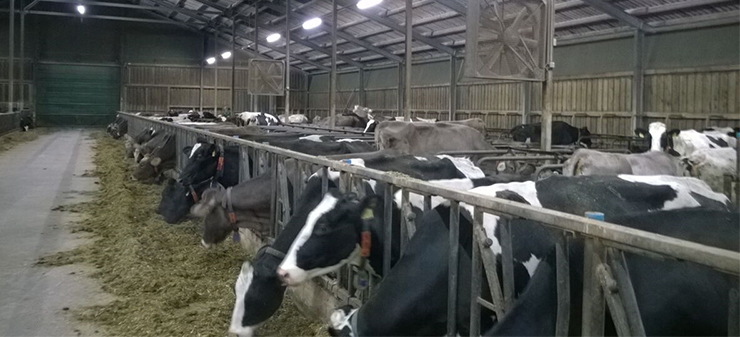
COOPERATION INCREASING MILK PRODUCTION IN IRELAND
This case study describes a registered farm partnership involving two families. The partnership commenced on the 1st January 2016 and is legally recognised.
The plan for the partnership is to expand the size of the dairy herd and reach a target of140 milking cows producing 1,000,000 litres of milk by 2019.
A group of farmers can be interested to set up a common service structure, finalized to share the costs of activities which cannot be managed individually. The more common application of this type of cooperation concerns activities of training and consultancy, quality certification, common selling of products.
In most cases the farmers choose to establish a common association or network, sharing the cost of management and services of this structure.
Two cases studies from the COFARM project are good examples of this type of cooperation.
COOPERATION HELPING CZECHS YOUNG FARMERS
The Club of the Young Farmers (CYF) is a voluntary vocational organization dedicated to young people, offering meeting points and supporting them. CYF offers a helping hand to get businesses off the ground through start-up grants and other financial and practical supports (training, legal advice, knowledge of technological know-how about production
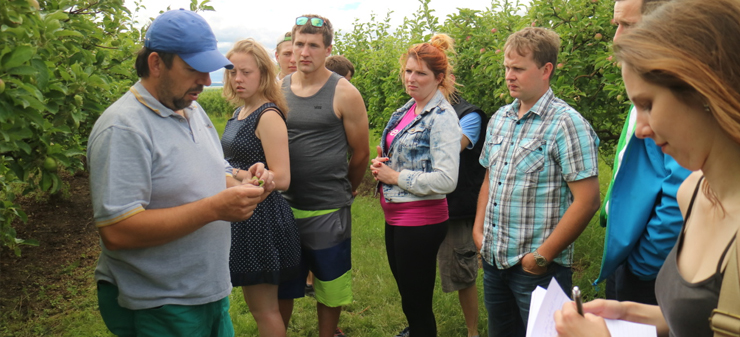
A COMMON SHOP IN TUSCANY SELLING FARMER’S PRODUCTS
A group of farmers of the province of Siena established the local association “La Spesa in Campagna Siena” with the specific objective to create a collective selling shop for their products
Actually the shop collect and sells the products of 43 associated farmers. Each product is guaranteed by a special traceability system.
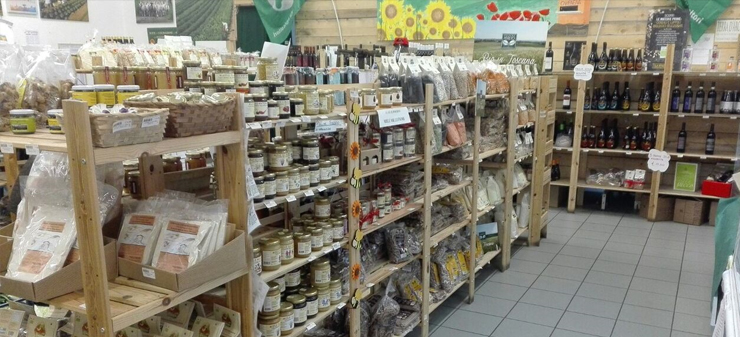
A special type of service cooperation is finalized to provide social supports for disadvantaged people, taking the opportunity to create job opportunities and supporting the integration of people into the society/economy
Social farming is increasing in Europe, and many experiences show how contact with agriculture and nature can be very useful for helping such target groups
This type of cooperation can be realized by individual farmers too, but is in most cases developed through cooperatives.
A very interesting example of this type of cooperation comes from Ireland. �
A SOCIAL FARMING EXAMPLE FROM IRELAND
Kerry Social Farming (KSF) is a voluntary, community-based, shared service that provides farming and social inclusion opportunities to people with disabilities, all within their local communities in Co. Kerry, Ireland. The vision of KSF is to promote Social Farming as a viable option for achieving improved quality of life for people who use health and social services and for farm families, connecting farmers with their communities’
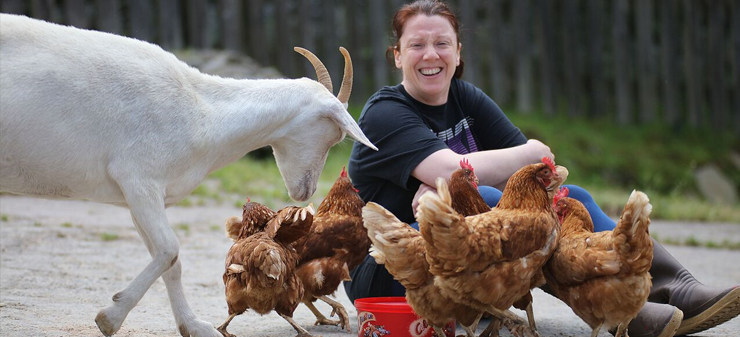
The production process of some important food sectors, is based on the transformation of the primary product coming from farmers. To produce, for example, olives oil, wine or cheese, farmers need industrial plants for transformation of olives, grapes or milk. Many farmers invest individual in such plants, or establish forms of cooperation between farmers, as shown in a previous.
However some specialized chains, oriented to reach a wider market, require industrial plants with a much larger production capacity. In many of these situations the farmers are directly involved in cooperatives, legally established as limited liability companies, which collect the primary product from farmers, and produce and sell the final product.
In Spain there is an important development of this type of cooperation, as shown in one of the case study of COFARM.
A COOPERATIVE PRODUCING OLIVES OIL IN SPAIN
Oro de Cánava is a cooperative that consists of a group of farmers (704 members) who come together to grind olives with specific machinery in order to produce olive oil
This type of co-operation enables cost savings and better prices in the marketplace. It is a democratic organization whose administration and management is agreed by the partners/members
Read more (Sociedad Cooperativa Andaluza (S.C.A.) Nuestra Señora de los Remedios)

The last type of cooperation, is represented by temporary associations, established with the scope to realize common actions and projects. Many temporary associations in agriculture were encouraged by the Rural Development Program of European Union, which provided financial support for cooperation processes between farmers and other actors of rural areas.
A special experience of this type of cooperation is the creation of operational groups for innovation (OG), putting together farmers and researchers in a common framework aimed to introduce technological and management innovations aimed to improve the sustainability and/or the competitiveness of agriculture.
One example of this type of cooperation come from Tuscany (Italy) and concerns the production of wood-fuel for heating.
A CHAIN PRODUCING “MICRO WOODCHIP” FOR HETING IN TUSCANY
The main focus of this cooperation experience is to improve, with the support of a University, an innovative chain to produce “micro woodchip” for heating, particularly for pellet stoves. The biggest threat facing this project is the progressive abandonment of forest cultivation. Therefore, the main challenge is to create an innovative supply chain, thereby valorizing wood as an ecological energy source.
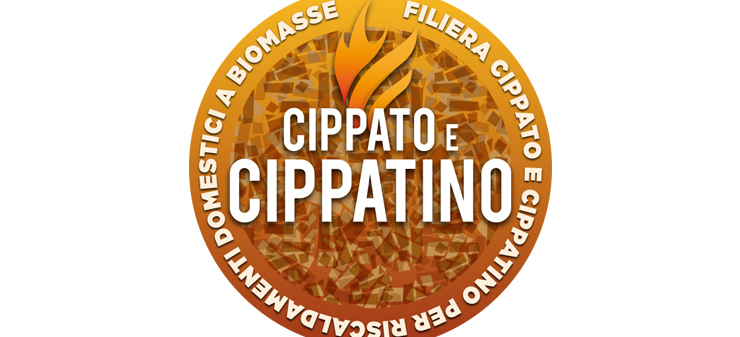
SELF-ASSESMENT
This questionnaire will allow you to evaluate the competences acquired by studying the module.